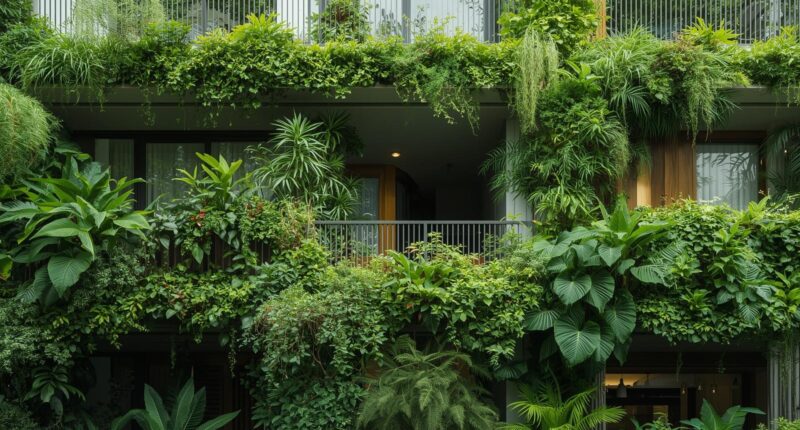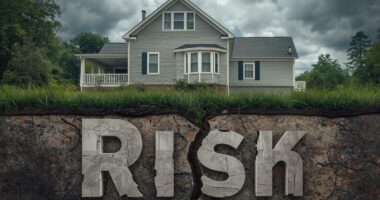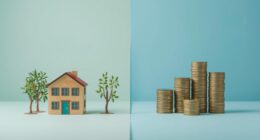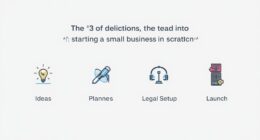The Rise of Eco-Friendly Homes: Living Green in Real Estate
In recent years, the world has witnessed a significant shift toward sustainability — and the real estate industry is no exception. As climate awareness grows and technology advances, eco-friendly homes are becoming the future of modern living.
From solar-powered roofs to recycled materials and smart energy systems, the trend of living green in real estate is transforming how we design, build, and live in our homes.
This article explores the rise of eco-friendly homes, why they’re essential for the planet, and how sustainable living is shaping the future of real estate.
What Are Eco-Friendly Homes?
Eco-friendly homes (also known as green homes or sustainable houses) are designed to reduce environmental impact through energy efficiency, water conservation, and eco-conscious materials.
These homes use modern technologies and smart designs to minimize waste and carbon emissions while maximizing comfort and savings.
(📌 Related Link: How Lifestyle Trends Are Shaping Modern Real Estate)
Why Eco-Friendly Homes Are Rising in Popularity
In 2025, sustainability is more than a buzzword — it’s a global movement. People are now prioritizing environmental responsibility in their lifestyle and investment choices.
Key Factors Driving the Growth of Green Real Estate:
-
Rising Energy Costs: Homeowners seek energy-efficient solutions to reduce bills.
-
Government Incentives: Tax breaks and grants encourage eco-friendly construction.
-
Climate Change Awareness: Buyers prefer properties that minimize carbon footprint.
-
Healthier Living Environments: Green homes provide cleaner air and non-toxic materials.
The result? Demand for eco-conscious properties has surged across major markets worldwide.
Key Features of Eco-Friendly Homes
Modern eco-homes combine style, technology, and sustainability. Here are the most popular features:
1. Solar Energy Systems
Solar panels reduce dependence on fossil fuels and lower electricity costs.
2. Smart Home Technology
AI-based systems regulate lighting, heating, and cooling efficiently.
3. Sustainable Building Materials
Builders now use recycled wood, bamboo, and non-toxic paints to reduce pollution.
4. Water Conservation Systems
Rainwater harvesting and greywater recycling systems are common in green homes.
5. Energy-Efficient Appliances
LED lights, Energy Star-rated devices, and smart thermostats improve efficiency.
Benefits of Living in Eco-Friendly Homes
The benefits of living green in real estate extend far beyond saving the environment.
Environmental Benefits
-
Reduced carbon emissions.
-
Conservation of natural resources.
-
Less pollution and waste production.
Financial Benefits
-
Lower energy and water bills.
-
Long-term savings through durability.
-
Potential for government tax rebates.
Lifestyle Benefits
-
Healthier indoor air quality.
-
Enhanced comfort with temperature control.
-
Increased property value and resale potential.
Table: Comparison Between Traditional vs. Eco-Friendly Homes
| Category | Traditional Homes | Eco-Friendly Homes |
|---|---|---|
| Energy Source | Non-renewable (electricity, gas) | Renewable (solar, wind) |
| Water Usage | High, often wasteful | Conserved with smart systems |
| Building Materials | Concrete, non-recycled, toxic paints | Sustainable, recycled, non-toxic materials |
| Energy Bills | Expensive and inefficient | Reduced costs via energy-efficient systems |
| Environmental Impact | High carbon footprint | Minimal environmental impact |
| Health & Comfort | Standard air quality | Improved air and temperature balance |
The Future of Green Real Estate
The future of real estate is undeniably green. As governments and corporations commit to carbon neutrality, sustainability will become a mandatory element in construction and property management.
Key Trends to Watch:
-
Net-Zero Homes: Buildings producing as much energy as they consume.
-
Smart Cities: Eco-integrated urban communities.
-
Biophilic Design: Incorporating nature-inspired architecture into modern housing.
-
Sustainable Financing: Green mortgages and eco-investment funds on the rise.
Real estate developers embracing eco-friendly designs today are positioning themselves as leaders in tomorrow’s market.
➡️ Tip: Read more about sustainable real estate design at Forbes Real Estate Sustainability Report.
How to Make Your Home More Eco-Friendly
You don’t need to build a new house to live green. Simple upgrades can make a big difference:
-
Switch to LED Lighting – Reduces energy use by up to 80%.
-
Install Solar Panels – Long-term investment that pays for itself.
-
Use Energy-Efficient Windows – Improves insulation and lowers heating costs.
-
Plant a Garden – Increases oxygen, reduces heat, and supports biodiversity.
-
Upgrade to Smart Appliances – Monitors and controls energy usage automatically.
Even small steps can have a lasting environmental and financial impact.
Table: Cost vs. Benefit of Green Home Investments
| Eco Upgrade | Estimated Cost (USD) | Potential Annual Savings | Payback Period |
|---|---|---|---|
| Solar Panel Installation | $8,000 – $15,000 | $800 – $1,200 | 7 – 10 years |
| Energy-Efficient Windows | $2,000 – $4,000 | $300 – $500 | 4 – 6 years |
| LED Lighting System | $200 – $500 | $100 – $200 | 2 – 3 years |
| Smart Thermostat | $150 – $300 | $100 – $150 | 1 – 2 years |
| Rainwater Harvesting System | $1,500 – $3,000 | $200 – $300 | 5 – 7 years |
The Role of Eco-Friendly Real Estate in 2025
As we move deeper into 2025, eco-friendly real estate will become the new standard. Buyers are not only looking for homes — they’re investing in values, sustainability, and long-term security.
Developers focusing on green innovation will attract a new generation of environmentally conscious homeowners who see real estate as both an asset and a responsibility.
Final Thoughts
The rise of eco-friendly homes represents a global shift toward conscious living. Homebuyers now understand that sustainability isn’t just good for the planet — it’s good for their health, lifestyle, and finances.
By choosing to live green, you’re not just investing in real estate — you’re investing in a better future for yourself and generations to come.
The future of real estate is sustainable, smart, and eco-conscious.









